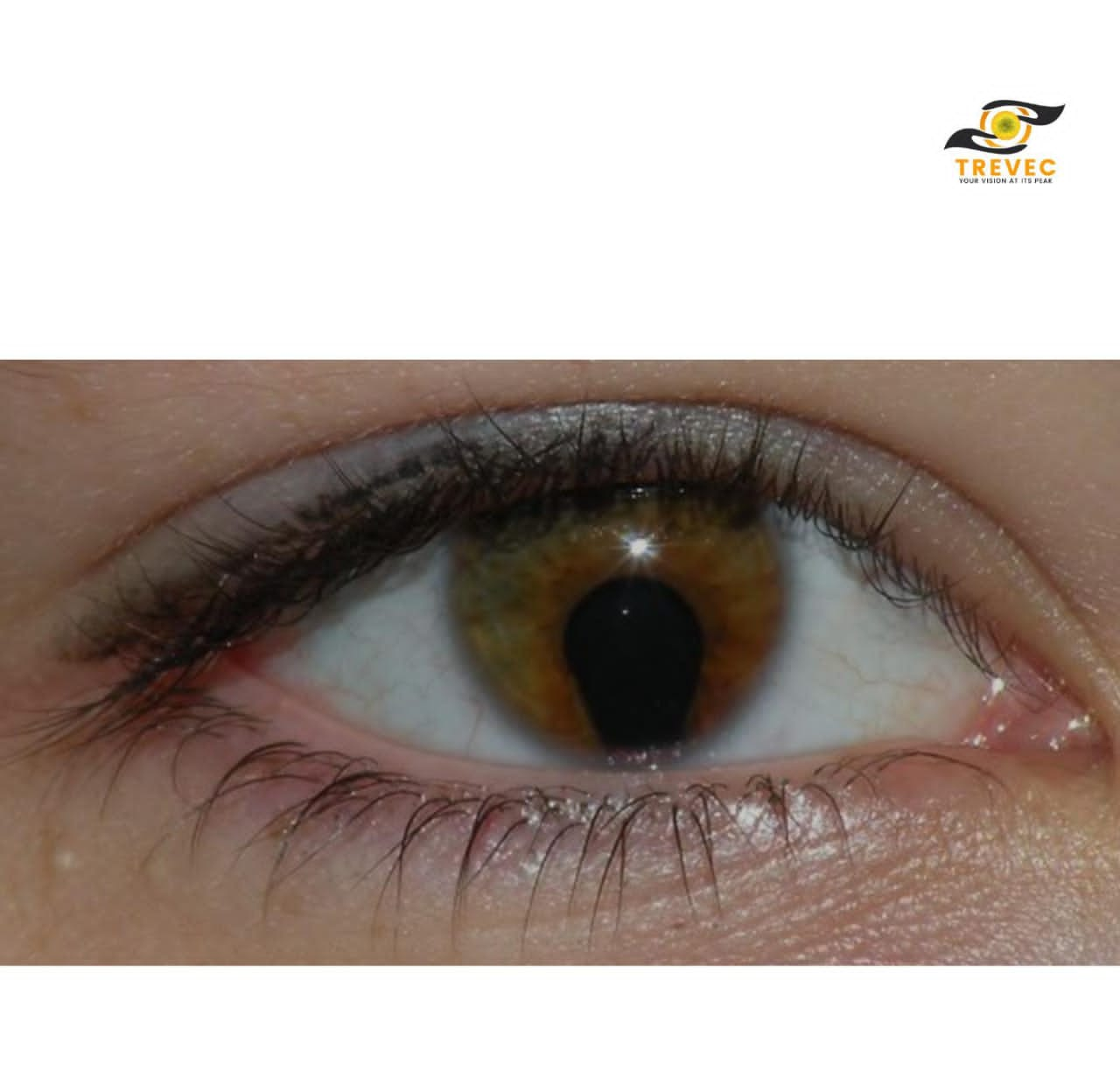In our previous post, we talked about the definition of ocular coloboma and who can be affected by this. Today, we dive deeper into the types and causes of this condition.
TYPES OF COLOBOMA
Congenital ocular coloboma are of different types, they include:
- Optic nerve coloboma (the nerve that connects the eye to the brain)
- Iris coloboma (colored part of the eyes)
- Retina coloboma (light-sensitive tissue lining the back of the eye)
- Uvea coloboma (layers of the eye that contain the iris)
- Macula coloboma (part of the retina needed for the central vision)
- Lens coloboma (clear inner part of the eye that helps the eye focus)
- Eyelid coloboma.
SYMPTOMS OF CONGENITAL OCULAR COLOBOMA
Most people with this condition have no symptoms. Some victim may have problems with their vision, and these problems may include:
- Low vision
- Photophobia or sensitivity to light
- Vision loss
Some congenital ocular colobomas are visible. Iris coloboma can make the iris look more like a teardrop or keyhole.
CAUSES OF CONGENITAL OCULAR COLOBOMA
Genetics
Changes in many genes during the early development of the eye can lead to coloboma and most of these genes are yet to be identified. The condition may also result from a chromosomal abnormality affecting one or more genes.
Environmental factors
Environmental factors such as drinking alcohol during pregnancy increase the risk of being born with this condition.
We will stop here today. TREETOP VISION EYE CENTRE (TREVEC), the best eye care clinic in Utako Abuja, will educate us on whether coloboma is treatable in our next post. Please stay tuned
TREVEC CARES!!!



Noted. Thank you for the information
Thank you very much for the information.